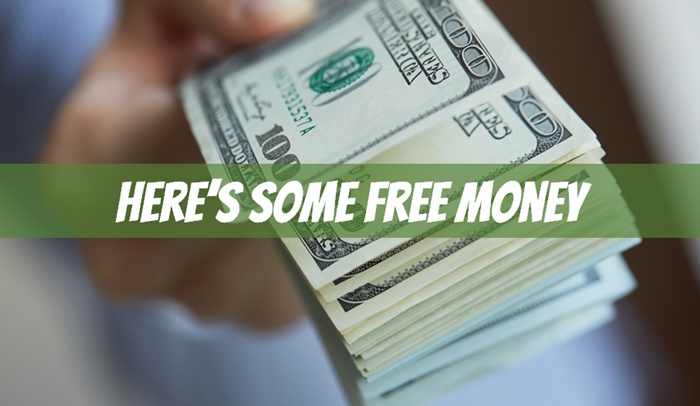Author: Jason Lemkin
Go to Source
The Harvard
Business Review Entrepreneur's Handbook: Everything You Need to Launch
and Grow Your New Business 

Free $0.00 Amazon
Even with these market wobbles, if you’re fortunate enough to be a “hot” startup in SaaS today you may find yourself oversubscribed in a fundraising round, and/or with investors that really want to invest between rounds when you don’t want or need any more money.
Sometimes, in those cases, investors are willing to invest with so-called “uncapped” notes and SAFEs. These are financing documents where the price is determined based on the next financing round. Investing in essence now, but at the price of the next round.
Now, I used to think this was a sign of investor weakness. Why would any investor invest at an unknown price? Really, at a much higher price later, determined by others?

But as time has gone by, I’ve seen that for a certain type of investor, this can be a shrewd bet, done right. Why? It gets you into a hot deal. Imagine Hot StartUp raises a Series A at an $80m valuation, and an investor can’t get into the round. But they are able to invest say $2m after the round via an uncapped note or SAFE. Later in the year, the startup raises at a $250m valuation, and that note/SAFE converts to Series B at that price. It may seem like that investor got a terrible deal, essentially paying a $250m valuation just after everyone else paid $80m.
But … what if that startup goes on to be a decacorn? The next Slack, Zoom, Canva, Notion, etc? Well then the investor will be incredibly lucky to have gotten in even via an uncapped note or SAFE. Investing at say a $250m valuation into $40B Canva is still an incredible outcome.
Now this isn’t generally a great strategy for larger funds writing large checks, not usually. It makes the most sense for smaller and opportunistic investors that don’t have to worry so much about their exact ownership stake, and/or can write a smaller check now to build a relationship later. And there are more of these funds than ever these days.
But my point is investing in an unknown price, picked later by other investors, isn’t as crazy as it sounds — in the best startups.
Now, if you’re offered that deal as founders … how should you think about it?
On the one hand, it can almost feel like free money. Getting tomorrow’s price today, often without giving up any rights at all, can seem like the cheapest, best money there is. And it can be.
However, first, note an uncapped note or SAFE is debt. You’ll likely end up spending it all by the next round.
Second, note too much debt, too many notes and SAFEs, can create an “overhang” on the next round. It can swamp the cap table with dilution, and in some cases, less desirable investors. Too much “equity debt” going into the next round can make it hard to get a top-tier investor into the round.
Net net, my learning is this, and it’s pretty simple: so called “uncapped” notes and SAFEs and their relatives, “supercapped” notes and SAFEs are good in small doses. (Supercapped notes and SAFEs are ones taken at the same time or just after a round at a much higher price, e.g. 2x-4x the round price).
Keep the amounts you raise this way to say 10% or less of what you plan to raise in the next round, 15%-20% max … and it will generally work out OK.
If you hope to raise $20m in the next round, selling $2m-$3m of uncapped notes or SAFEs isn’t going to be a big deal, and may be a great way to get some additional capital into the company. But $10m may create headaches down the road.
The post Uncapped and Supercapped Notes and SAFEs: Good in Small Doses appeared first on SaaStr.